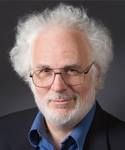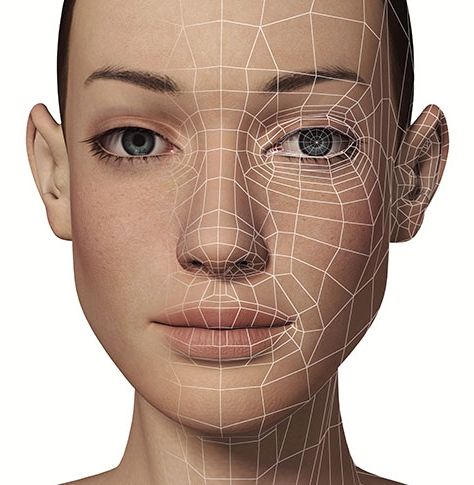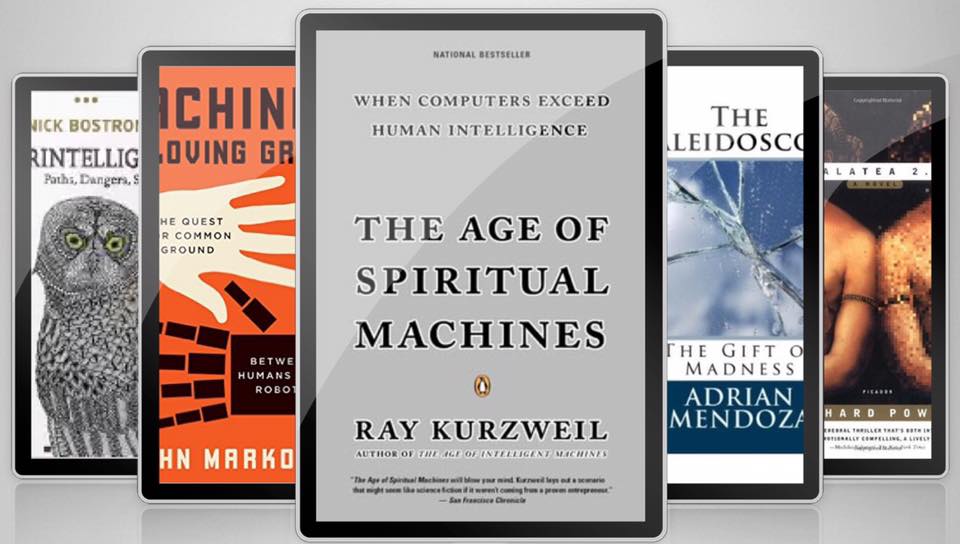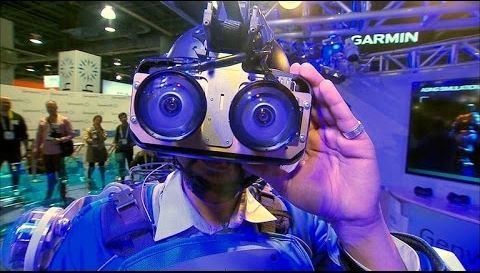A new kind of security guard is on patrol in Silicon Valley: Crime-fighting robots that look like they’re straight out of a sci-fi movie. News, Sports, Weather, Traffic and the Best of SF
A new class of sound wave has been developed for the first time in 50 years that could revolutionize the use of stem cells in medical treatments.
This new class can be used as a “supervaccine” that can deliver vaccines and other medicines directly to the lungs in record time.
Dr Millers paper here hits the nail on the head for me about aging research and how we can speed it up.
“The time spent by gerontologists debating whether aging is a single process or many would be better devoted to trying to figure out the mechanistic links between the master clock whose existence is strongly suggested by the unitarian argument and the many cell-specific, organ-specific, and organism-wide processes that march in crude synchrony at species-specific rates.”
Yes! This is exactly the attitude to take. Too much debate and argument instead of buckling down and getting the research done to prove or disprove aging hypotheses. Cut to the chase and lets just do it.
However, in recent decades, scientific researchers in the field of aging, have found that it is indeed possible to slow down aging in animal test subjects!
This can be done by various means, including dietary and genetic interventions.
One of the most noteworthy researchers in the field is Dr Richard Miller.
The MMTP introduces – Dr Richard A Miller.
Dr Richard Miller MD, PhD, Is a professor of pathology at Michigan University, director of the Nathan Shock centre for biological aging and director of the Paul F Glenn centre for aging research.
He graduated Haverford college in 1971 with a BA, then went on to gain an MD and PhD at Yale University.
Dr Miller has held his current position at Michigan University since 1990.
He has acted as advisor for both The National Institute On Aging, and The American Federation For Aging Research.
The Sun is still active enough to generate high-energy super X-class flares, according to new multi-spectral analyses of other nearby sun-like stars being presented at a meeting of the American Astronomical Society (AAS) in Florida.
Satellite-destroying X-flares from our own Sun are likely to occur only once every 250 to 350 years, but they could still have catastrophic effects on satellites, astronauts, and power grids, Edward Guinan, a Villanova University astronomer and the research lead, told me from Orlando.
“For the present Sun, statistically, we estimate about one X100 solar flare once per 300 years and a flare ten times larger as [happening] once every 18,000 years,” said Guinan.
Star Trek is by now said to have encouraged a whole host of current devices from the iPad to the holodeck’s ‘virtual reality’. Now a famous theoretical physicist says that even its teleporter is technically possible, and it could become an actuality before the end of the century. Professor Michio Kaku said that the several breakthroughs required to transport humans rapidly have already been made, and it’s not far when we will be ‘beaming’ across the cosmos. Michio Kaku is a professor at City University in New York. Dr Michio Kaku said “You know the expression “Beam me up Scotty”? We used to laugh at it. We used to laugh when someone talked about teleportation, but we don’t laugh anymore.
Analyzing expressions is an increasingly hot topic among tech companies.
It’s not clear what it plans to do with it yet, but Apple has gobbled up a startup whose technology can read facial expressions.
The tech giant has reportedly acquired Emotient, a San Diego-based company that uses artificial technology to detect emotion from facial expressions, Apple confirmed to The Wall Street Journal. The company’s technology has primarily been used by advertisers, doctors, and retailers, though it’s not clear what Apple AAPL 0.66% plans to do with it.
So-called ” asteroid mining” company Planetary Resources is built on the belief that asteroids and other objects in space are loaded with resources that we can take advantage of, both here on Earth and as we begin to explore space in earnest. The essentially infinite supply of rocks floating through space, filled with valuable minerals that we’ll eventually run out of on our home planet, sounds like a great resource to take advantage of. But the idea of mining, processing and building with alien metals also sounds like a massive and daunting undertaking.
DEF CON 24 Homework Begins!
Posted in entertainment, neuroscience
As you know, DEF CON 24’s theme is “Rise of the Machines”. To help you get up to speed on some of the ideas that inspired the theme, and get you thinking about the looming conflict between human and machine intelligences, we’re going to post some books, movies, and other media you might want to check out in advance of the con.
This is the first book post — there will …be more. If you have others you think would be worth looking over before the con, share in the comments!
“[H]alf the people in the world cram into just 1 percent of the Earth’s surface (in yellow), and the other half sprawl across the remaining 99 percent (in black).”
An Aging Suit: This Exoskeleton lets you know what it feels like to get older.
Interesting use of the latest tech being shown at the largest consumer electronics show in the world CES 2016.
Iyaz Akhtar donned a 40-pound suit complete with a helmet to find out what it’s like to live with the physical pain that comes with ageing.








